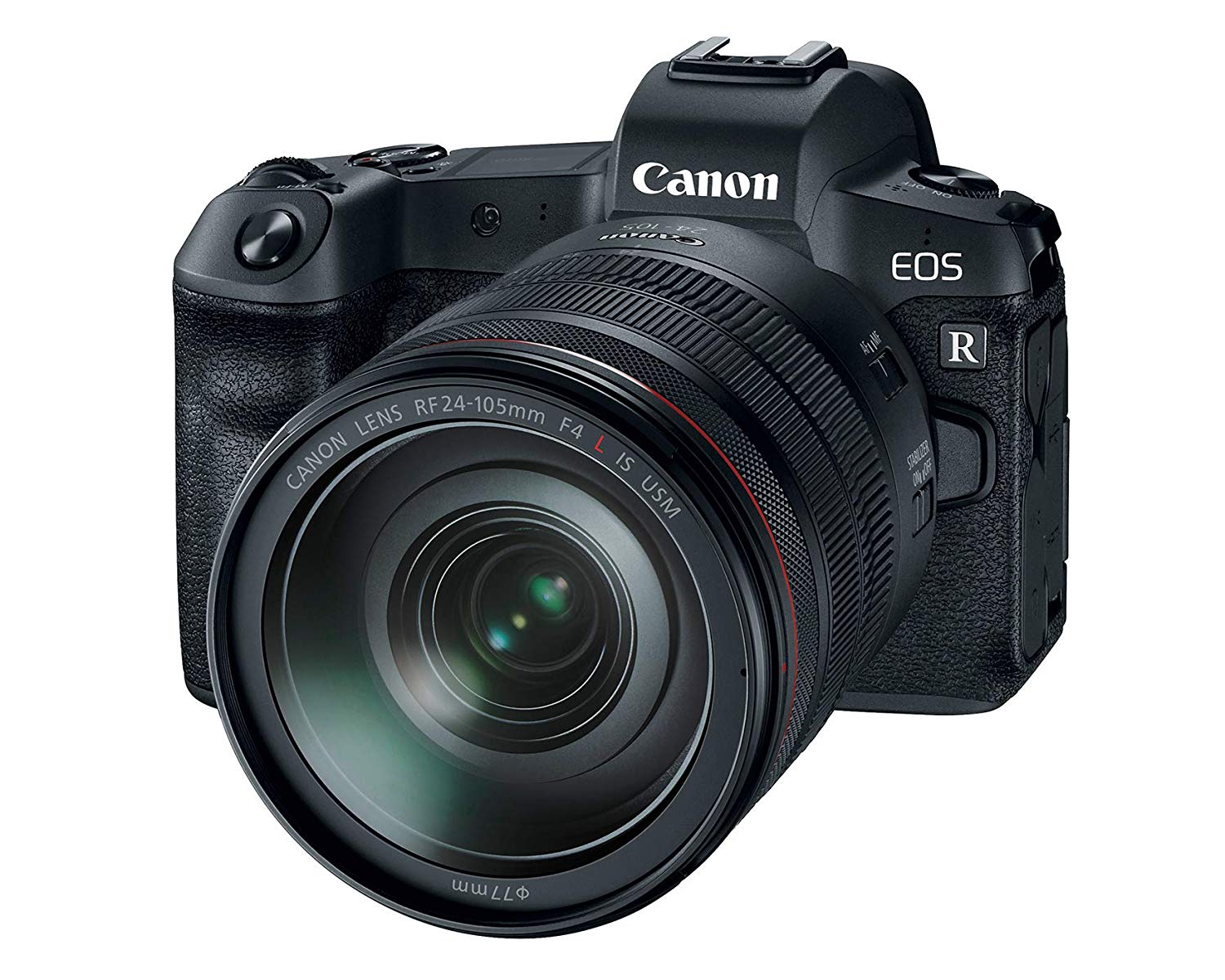
- Canon eos r vs canon 5d mark iv how to#
- Canon eos r vs canon 5d mark iv manual#
- Canon eos r vs canon 5d mark iv professional#
Canon eos r vs canon 5d mark iv professional#
There aren’t enough controlsįor a professional camera, there aren’t enough control surfaces on the EOS R, and, as previously mentioned, that abomination of a multifunction bar isn’t helping. The good news is this is exactly what Canon did with the R5 and R6. I have mine set to change my focus pattern, which is useful, but I’d have much rather had a better positioned focus-on button or hell, an autofocus joystick. I’m sure some Canon engineers worked really hard to make it work, and it does work, but it’s slow and clunky, and I hate using it. I really tried to like the multifunction bar, but I don’t. In fact, your EF mount lenses will probably focus faster and more reliably thanks to the improved autofocus technology. If you have a ton of EF lenses and were worried about performance on the new body, don’t be. I’ve had absolutely no problem using the adapter, even with older lenses like the EF 50mm F1.4 USM, which was first released in 1993. With that said, I’ve been happy to adapt my EF mount lenses since Canon’s $100 EF to RF adapter works flawlessly. That’s because, at the time, all Canon really had were a handful of slow zooms intended for the much lower-end EOS RP and its top-of-the-line L-series glass.įast forward to today, and Canon’s RF line has evolved a great deal to include a respectable swatch of fast, affordable primes and speedy, compact zooms. If you’d asked me a year ago what I thought of Canon’s RF lenses, I would have said they're amazingly sharp and amazingly expensive. I absolutely love this feature when shooting macro shots.
Canon eos r vs canon 5d mark iv manual#
For that, you’ll need to upgrade to the R6.Īnd one of the coolest features is Canon’s focus aid, which uses the autofocus sensors to tell you exactly which way to pull focus when using a manual focus lens. Turn on eye autofocus and it locks on and tracks the eye relentlessly. That way all I have to do is lock focus, recompose and the camera does the rest. It’s so good that I usually leave the camera in tracking autofocus mode with the focus point set to the center. If you’re still shooting with a DSLR, trust me, the EOS R is better in every conceivable way. When it comes to fast and reliable autofocus, the EOS R delivers every time. It’s a really smart design choice that I wish more manufacturers would embrace.Īnd as long as you don’t go poking your fingers at the shutter, I don’t see any downsides. Just like on Canon’s DSLRs, when the camera is off, the shutter closes to protect the sensor from dust. Every time you change your lens, there’s an opportunity for dust or grime to find its way inside the camera and eventually settle on the sensor. Getting dust on your sensor is inevitable.

Just make sure you pair it with a weather-sealed lens or you’re going to have a bad time. It’s also weather sealed, which means you don’t have to baby it when mother nature turns inclement, unlike my last Sony. The top-mounted LCD makes changing your settings quick and painless, while the EVF is set far enough back that I’m not constantly moving the autofocus point with my nose - I’m left-eye dominant. It features a large contoured grip that, with a few exceptions that I’ll get to shortly, places your fingers right where you want them. Coming from the Sony A7 II, the Canon was an absolute dream to hold.
Canon eos r vs canon 5d mark iv how to#
If there is one thing that Canon knows how to do, it's build comfortable cameras. I usually get the best results when shooting in the standard picture profile with the white balance set to daylight. On the other hand, if you’re not a big fan of Canon’s color science, it’s more of the same here. If you liked Canon’s latest 5D, you’re probably going to like the photos coming out of the R. As I was saying earlier, it’s essentially a mirrorless 5D Mark IV with a faster sensor. With the EOS R, you know exactly what you’re going to get when it comes to color reproduction. Not sure if the EOS R is right for you? Here are my top five things I love and hate about the EOS R. That’s still a lot of camera for the money, especially if you’ve already got a lot of Canon glass filling your pack. I got my EOS R with the RF 24-105 F4L at the end of 2019 for $2,400. The EOS R is not perfect by any means, but neither the R5 nor the R6 come cheap, ranging in price from $2,500 to $3,900, and that’s just for the body.īy comparison, EOS R is essentially a stripped-down EOS 5D Mark IV - it has the same sensor - and can be had for right around $1,800 or less if you’re willing to wait for a deal. Yes, Canon’s 40-megapixel, 8K shooting EOS R5 and the speedy EOS R6 fix many of the Canon’s mirrorless growing pains.

The EOS R was Canon’s first attempt at a professional full-frame mirrorless camera, and despite some quirks, I argue it's one of the best values if you’re looking for a stills camera today.


 0 kommentar(er)
0 kommentar(er)
